What Opportunities Are You Missing By Not Considering Your Ranch’s Context?
The first of the six soil health principles is “Know Your Context.” Context is different for every agricultural producer, and includes a complex mix of geographic, environmental and cultural factors. It includes the dynamics surrounding family, employees, money and quality of life, as well as your business and personal goals.
If you don’t take the time to think about the items that make up your context and write them down, along with how they influence your ranching business, you may be missing major opportunities.
Often, producers weigh one component of context over all others, which can drive decisions on the ranch in a direction that may not be the most profitable, ecologically sound or enjoyable.
One of the most common and challenging factors that I hear regularly within some ranchers’ contexts is “We have always done it this way.” Inertia is hard to overcome when we don’t step back and recognize where we are going, where we want to go and what it takes to line those up.
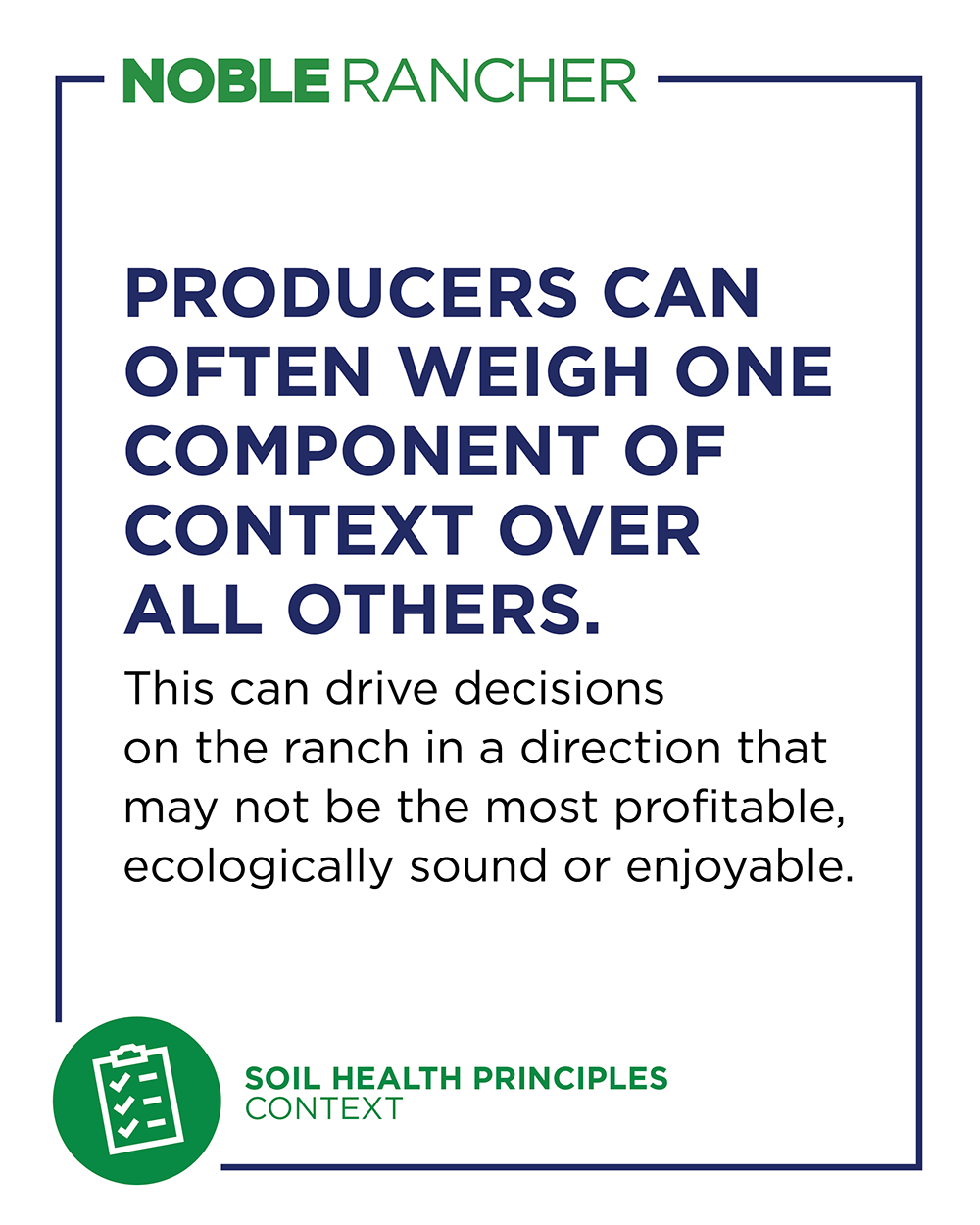
Make Time to Consider Context on Your Farm or Ranch
Sit down with the other stakeholders, and take the time to figure out the context for your farm or ranch. When you think through your ranch, personal and business context independently of what is currently going on at the ranch day to day, opportunities will surface. You may notice some things that need to change. You may see some things you never noticed before that you can leverage or initiate.
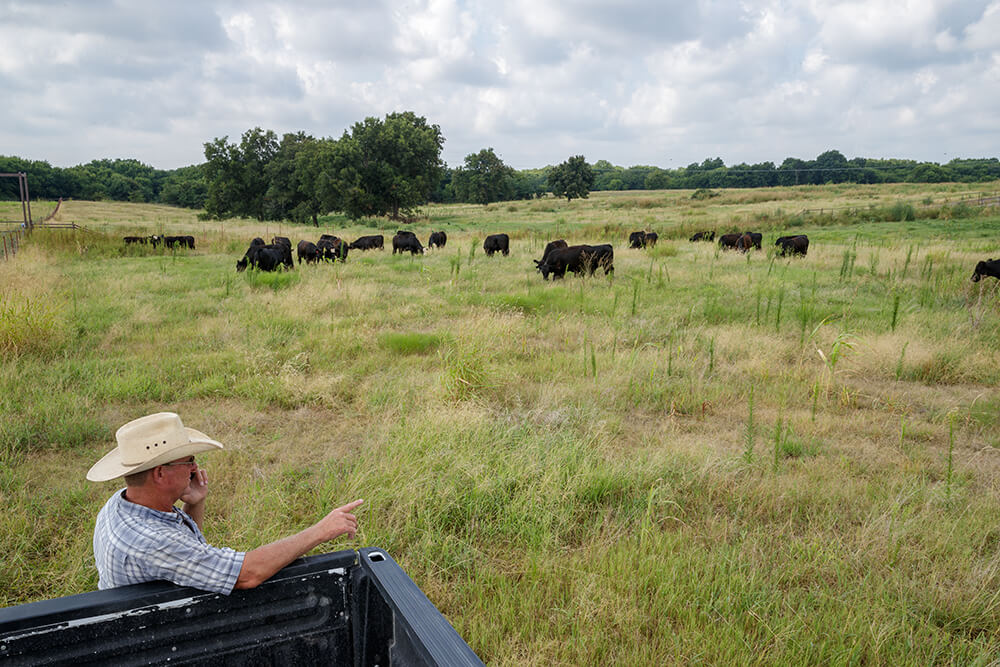
How to Take Inventory of Your Context
Let’s walk through an example with “Susan,” a third-generation rancher. Her enterprise is cow/calf production, just like her grandfather’s. Her 10,000-acre ranch is located in the Cross Timbers ecoregion of the Southern Great Plains and is home to many wildlife species, including elk. The elk damage her fences and compete for winter forages with her cattle.
Susan lives on the ranch with her husband and two young children. A ranch hand occupies another house on the ranch and tends the fences, roads and facilities, but is only a part-time employee. He has another job in town. Susan’s brothers have moved away but visit the ranch a couple times a year. They stay in an old guest cabin that has a spectacular view of the lake.
Susan wants to pass the ranch down to her children, but knows the ranch isn’t as profitable as it once was. Some things need to change, so she spends some time thinking and jotting down some notes about what the ranch has been, her personal goals and her vision for the ranch’s future.
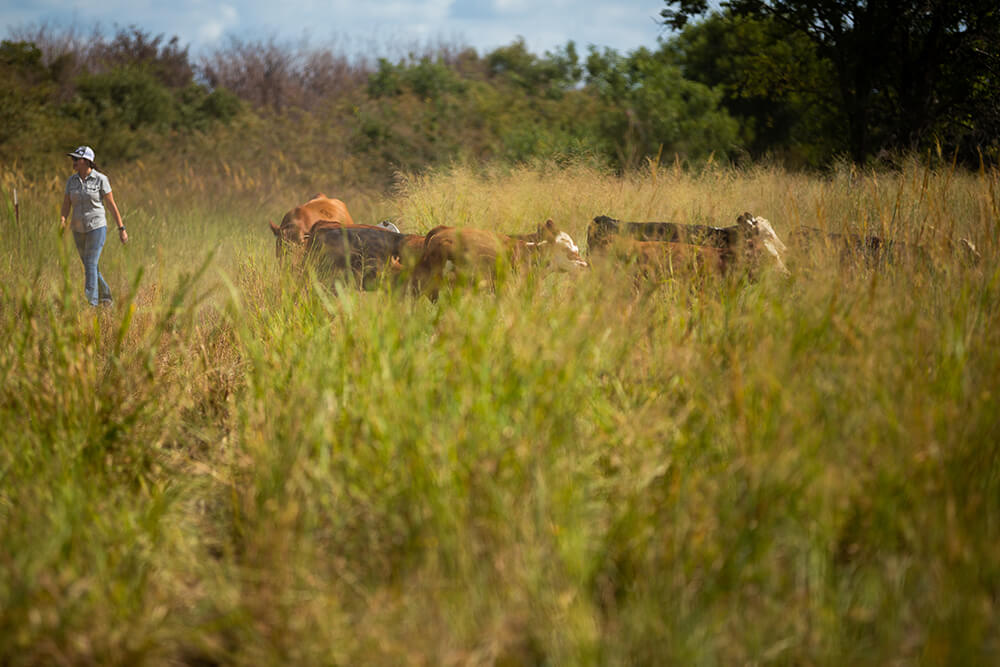
She recorded her ranch context as follows:
- Property is 10,000 acres in the Cross Timbers ecoregion, comprising primarily native forages, and receives about 40 inches of rainfall annually.
- Property is 50% open and 50% brush, but has been transitioning to more brush.
- Property has always had livestock, but carrying capacity has declined due to brush and elk populations.
- Susan has read historical records from early settlers describing a mostly open savannah with tall grasses reaching as high as horses’ heads.
- The historic records describe bison, elk, deer and antelope frequenting the region in large herds.
She recorded her personal context as follows:
- Susan wants to take a vacation with her family every year.
- Susan wants to pass a profitable ranching business on to her kids, but is not assuming they will want to return to a ranching lifestyle.
- Susan’s husband works in town and doesn’t want to work on the ranch.
She recorded her business context as follows:
- Susan needs the business to pay her a salary.
- Susan needs someone else to run the day-to-day operations so that she can focus on making management decisions to improve the operation and grow the business.
- Susan wants to spend more time with her family. She wants to take the kids to school some days.
- Susan wants to think about other enterprises such as sheep and goats, but she only knows cattle.
- Susan farms for livestock forage, not crops.
Now Susan probably didn’t write down every possible thing she could have within her land, personal and business contexts, but she did write down enough to evaluate her options and recognize that a current liability could be turned into a profitable enterprise.
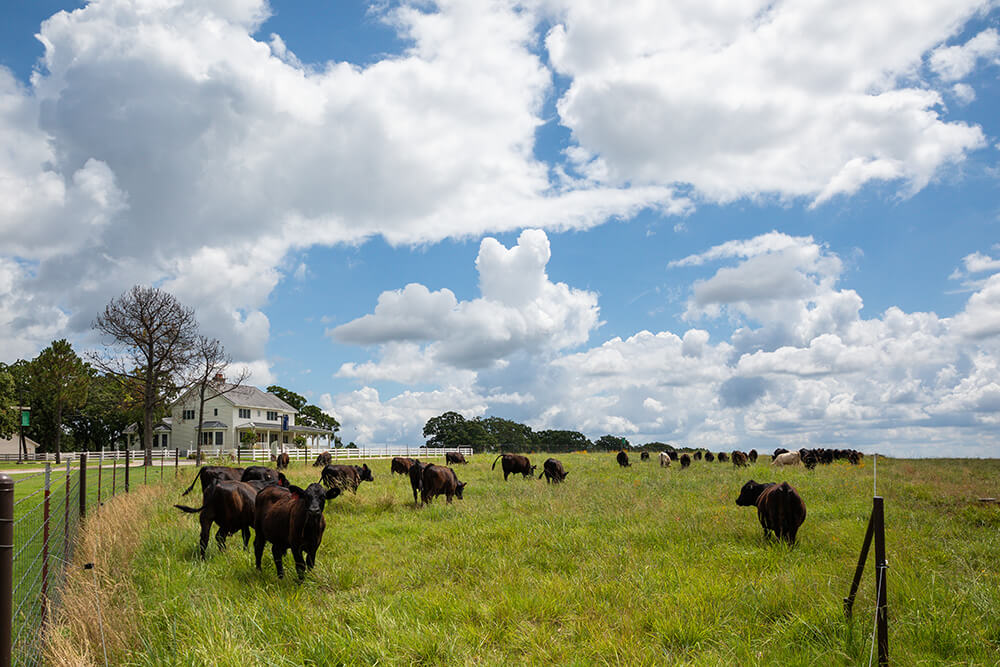
Act on Your Context
What did Susan decide to do? She hired the ranch hand as a full-time employee. This gave her more time for family and a vacation. She leased the old cabin out to a local hunting outfitter, but still uses it when her brothers visit. It turns out there are really big elk on the ranch, and some people from in the city will pay a lot of money to come hunt or just stay in the cabin. She evaluated her time spent in the cow/calf enterprise, her forage availability and timing, and is beginning to bring in stockers as an additional enterprise. She is really excited about the flexibility this added enterprise creates.
Even if you do this exercise quickly at the kitchen table one morning, take the time to think about and record your context. Do it with all the stakeholders present, if possible. It can show you what current activities don’t align with your goals while helping you discover what opportunities are being left on the table.
Are you ready to find the opportunities in your operation? Take the first step to identifying new opportunities by defining your context using your answers to these three questions:
- What should my ranch actually look like?
- What do I want for myself and my family?
- What do I want for my business?
You may be surprised at what you find.
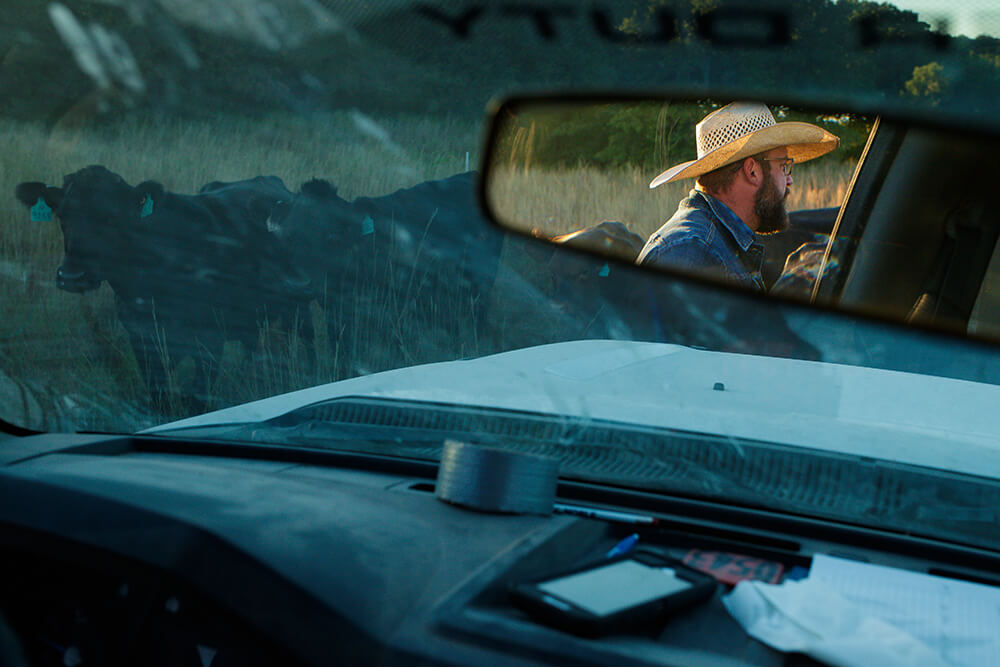
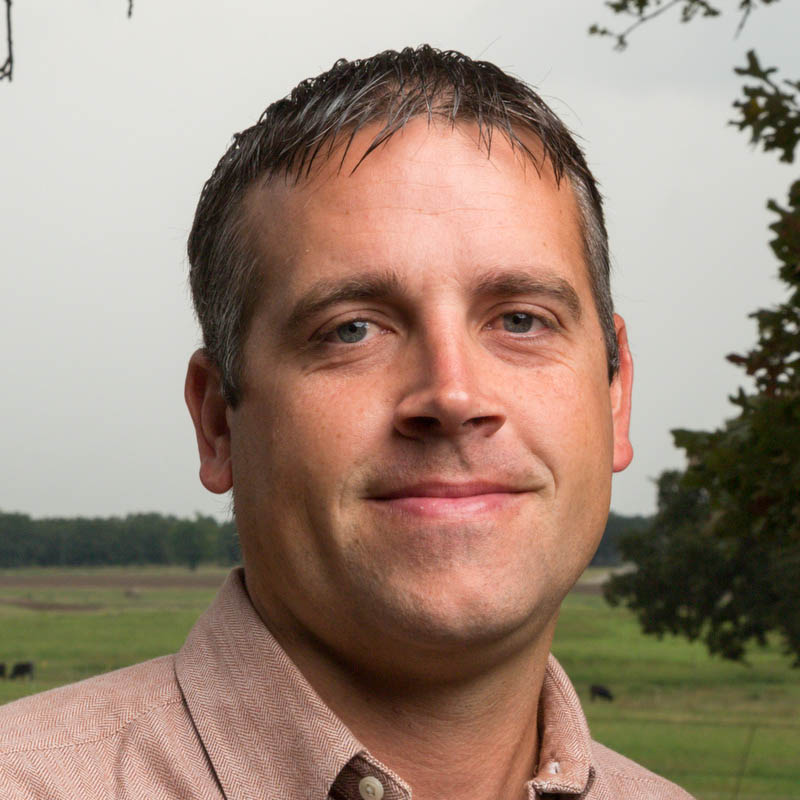
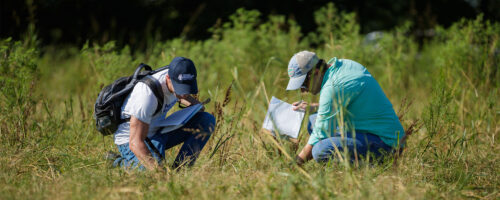
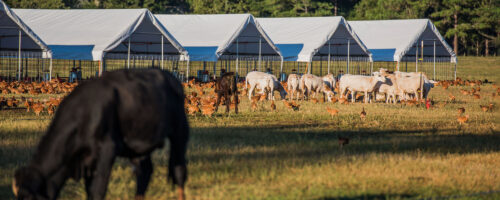
Comment